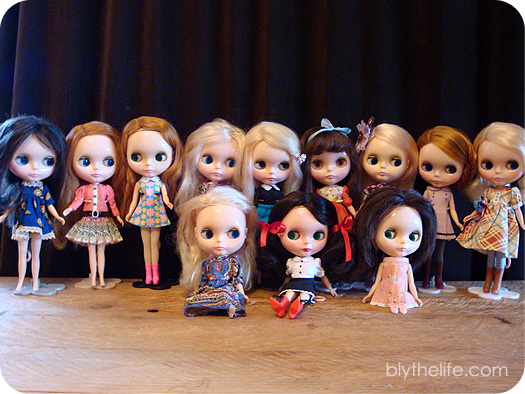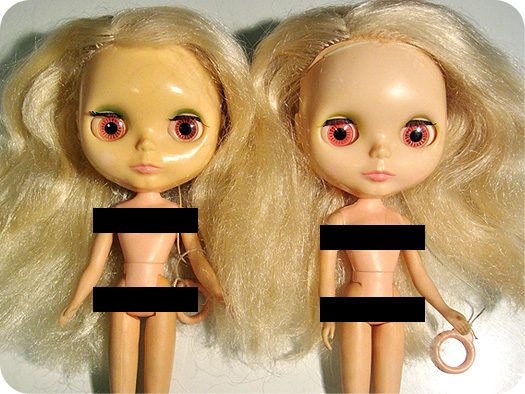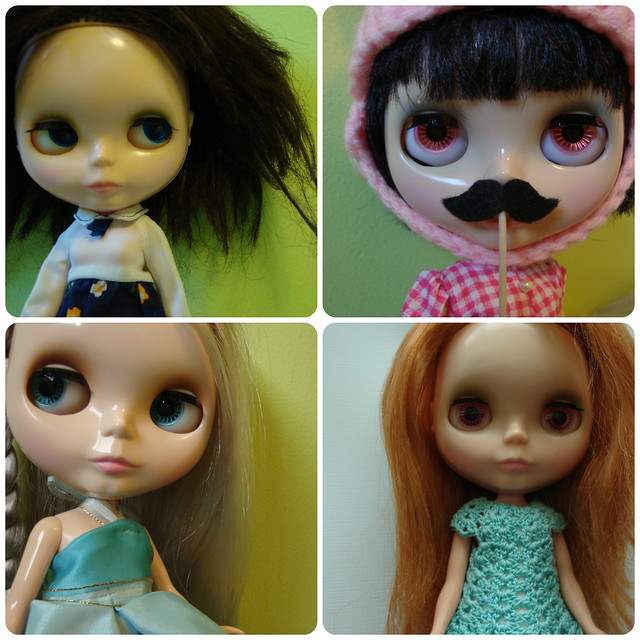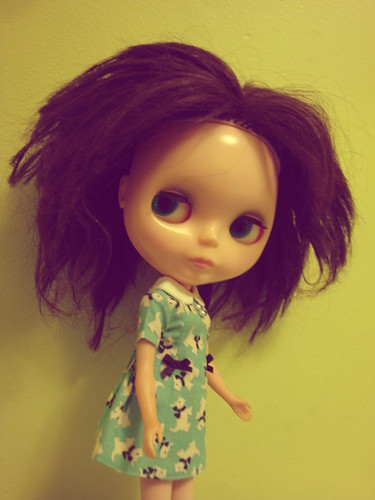10 Fun Facts About Kenners
Written on October 21, 2016 at 12:00 pm by MichelleFiled under: Article with tags: 10 fun facts, kenner blythe

Think you’re a fan of Kenners? Here are 10 fun facts about Kenners that you may not already know:
- Kenner Blythe dolls were only produced for one year, 1972.
- There were 12 original outfits produced for Blythe.
- For Blythe’s accessories, Kenner produced 4 wigs and 4 pairs of glasses, and an orange carry case.
- Kenner Blythe has holes on the back of her ears that the original glasses were able to sit into (so they stay on!).
- Four hair colours were made with different hair styles (chunky bangs, wispy bangs, side part, centre part) – blondes only came with a side part.
- The Kenner Blythe dolls featured in the advertisements were prototypes and not the dolls sold.
- Original retail price for Kenner Blythe was less than $6 USD. With inflation, that is about $35 USD in 2016. For comparison, the average minimum hourly wage was ~$1.60 USD in 1972 vs. $8.60 USD in 2012.
- Kenner Blythe’s hair came in a braid to keep it together in the box.
- Prior to the release of This is Blythe by Gina Garan and the Neo releases by Takara, Kenner Blythe dolls were sold on eBay for ~$30 USD.
- In the original television commercial, the colours of Blythe’s eyes were referred to as: bouncy brown [orange], green eyes and groovy, purple pretty as you please [pink], and beautiful blue.
Kenners are pretty amazing as they have survived through years of being unloved – hidden away in attics and buried in gardens. They’ve survived a lot! And many of them haven’t made it through the years unscathed, what with the melt marks, cracks in the bodies, and being chewed on by children and animals.
What’s a fun fact that you know about Kenner Blythe dolls? Share below in the comments!






 BlytheLife.com opened in July 2010 and is a blog and resource hub for all things Blythe!
BlytheLife.com opened in July 2010 and is a blog and resource hub for all things Blythe!





 Yellowed vs. not yellowed – blonde 1972 Kenner Blythe dolls. Photo by Jen of
Yellowed vs. not yellowed – blonde 1972 Kenner Blythe dolls. Photo by Jen of 
